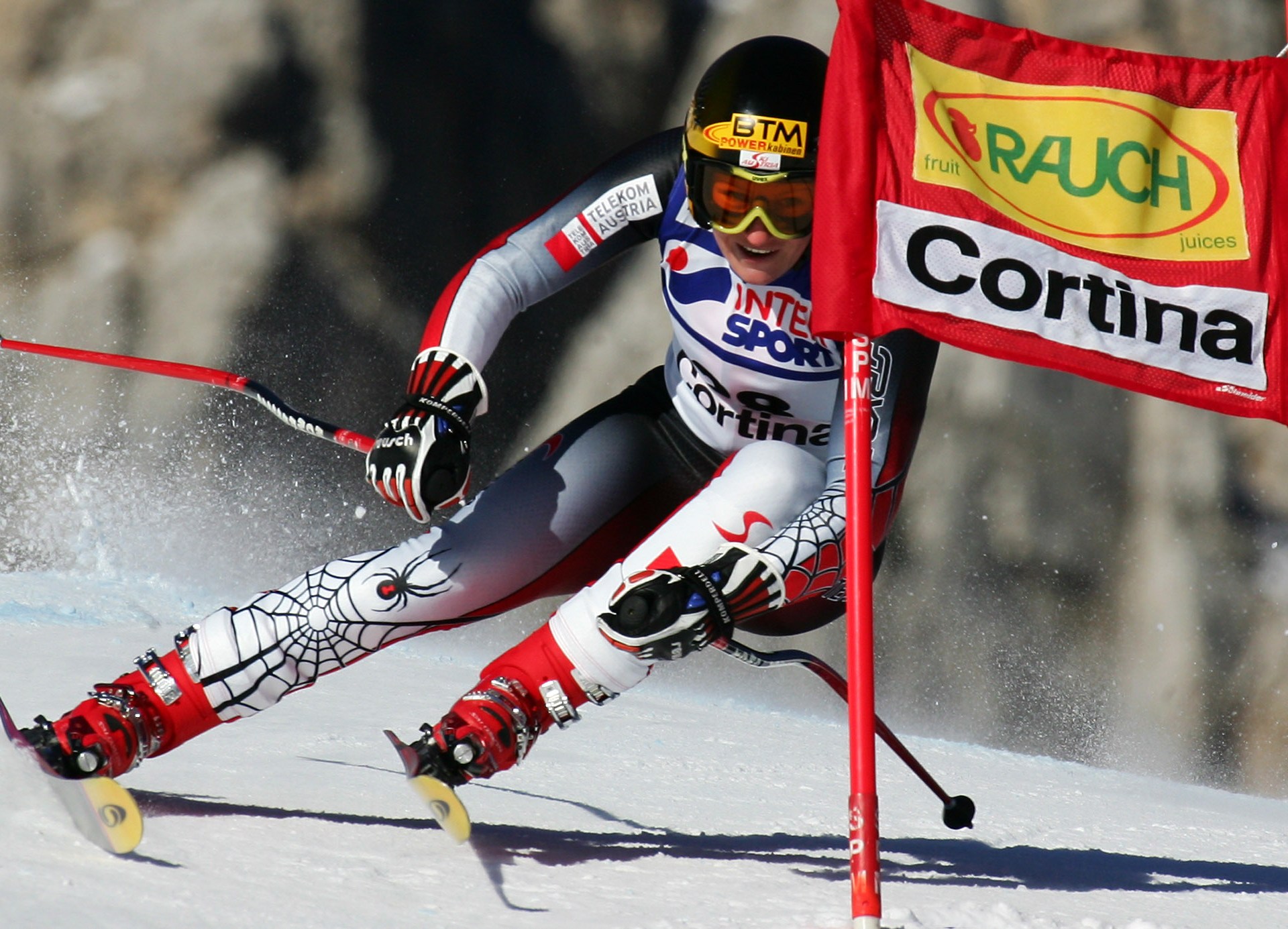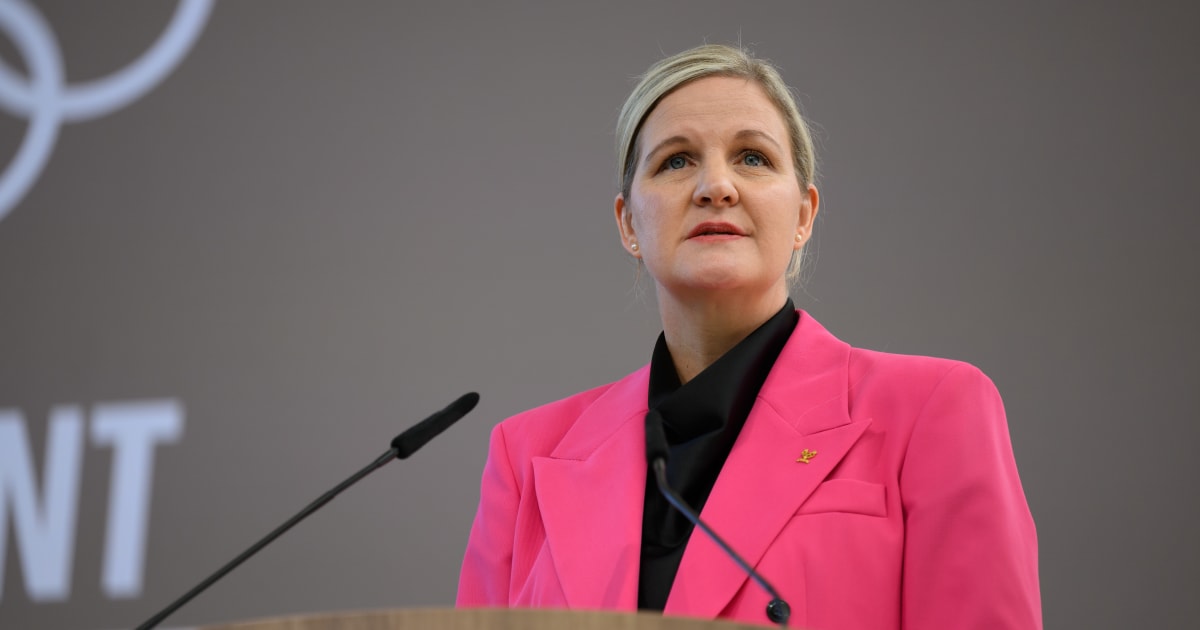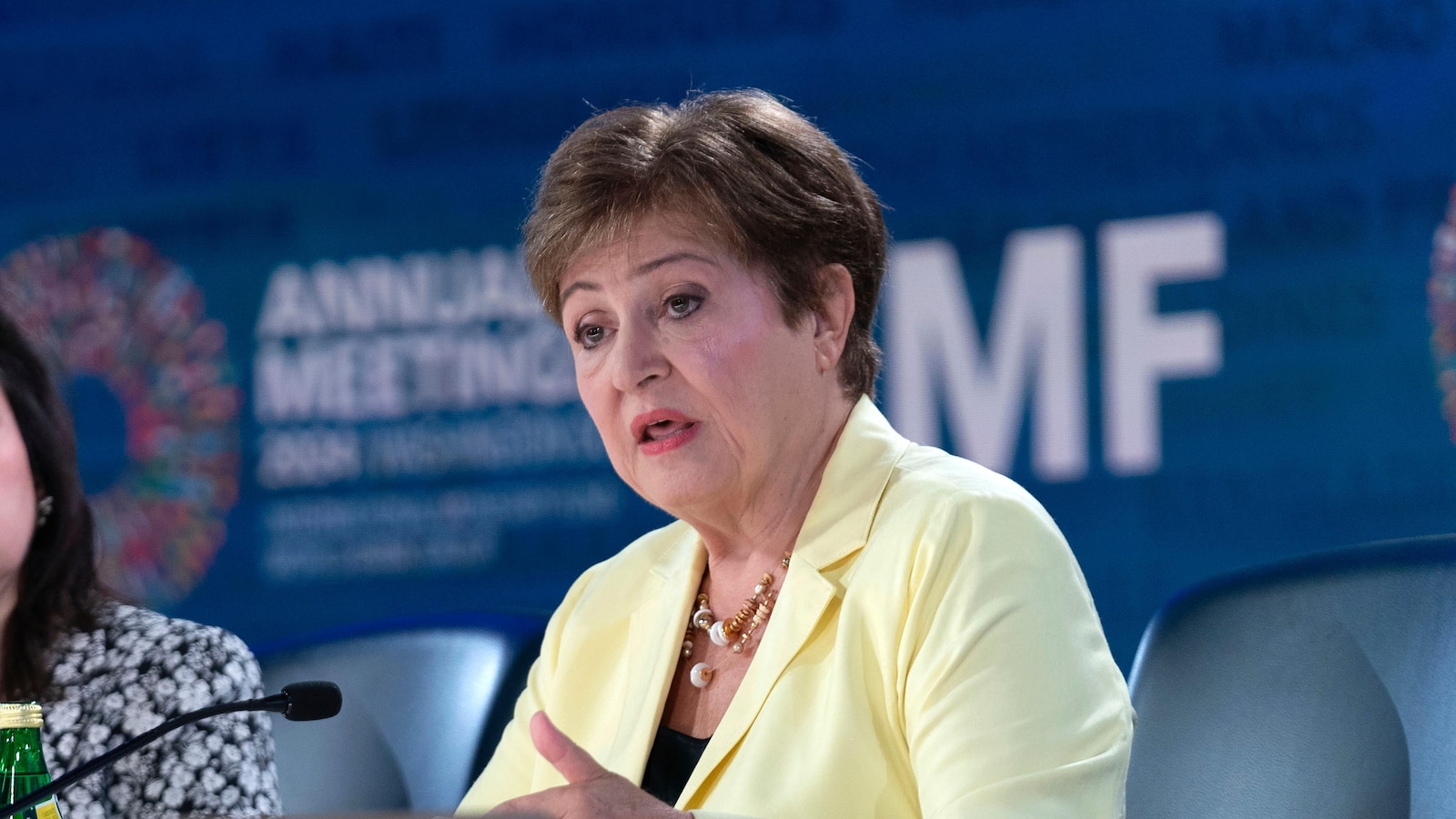Prosecutors in Venice make two arrests relating to corruption before the Olympics in February.
Published On 8 Oct 2025
Two brothers from an Italian football hooligan group, Lazio’s…

Prosecutors in Venice make two arrests relating to corruption before the Olympics in February.
Published On 8 Oct 2025
Two brothers from an Italian football hooligan group, Lazio’s…

“Fit for the Future,” a new initiative which consults active and retired Olympians, has been launched.
The consultation was created by International Olympic Committee (IOC) President, Kirsty Coventry, to gather the thoughts and opinions of…

WASHINGTON — WASHINGTON (AP) — The global economy is holding up better than expected despite major shocks such as President Donald Trump’s tariffs, but the head of the International Monetary Fund says that resilience may not last.
“Buckle up,” Managing Director Kristalina Georgieva says in prepared remarks to a think tank Wednesday. “Uncertainty is the new normal and it is here to stay.”
Her comments at the Milken Institute come on a day when gold prices hit $4,000 an ounce for the first time as investors seek safe haven from a weaker dollar and geopolitical uncertainty and before the IMF and World Bank hold their annual meetings next week in Washington. Trump’s trade penalties are expected to be in sharp focus when global finance leaders and central bankers gather.
The worldwide economy is forecast to grow by 3% this year, and Georgieva is citing a number of factors for why it may not slip below that: Countries have put in place decisive economic policies, the private sector has adapted and the tariffs have proved less severe than originally feared.
“But before anyone heaves a big sigh of relief, please hear this: Global resilience has not yet been fully tested. And there are worrying signs the test may come. Just look at the surging global demand for gold,” she says in her prepared remarks.
On Trump’s tariffs, she says “the full effect is still to unfold. In the U.S., margin compression could give way to more price pass-through, raising inflation with implications for monetary policy and growth.”
The Republican administration imposed import taxes on nearly all U.S. trading partners in April, including Canada, Mexico, Brazil, China and even the tiny African nation of Lesotho. “We’re the king of being screwed by tariffs,” Trump said Tuesday in the Oval Office during a meeting with Canadian Prime Minister Mark Carney.
While the U.S. has announced some trade frameworks with nations such as the United Kingdom and Vietnam, the tariffs have created uncertainty worldwide.
“Elsewhere, a flood of goods previously destined for the U.S. market could trigger a second round of tariff hikes,” Georgieva says.
The Supreme Court next month will hear arguments about whether Trump has the authority to impose some of his tariffs under the International Emergency Economic Powers Act.
In her wide-ranging remarks, Georgieva points to youth discontent around the world as many young people foresee a future where they earn less than their parents. She also is calling for greater internal trade in Asia, more business friendly changes in Africa and more competitiveness in Europe.
For the United States. Georgieva is urging the government to address the federal debt and to encourage household saving.
The IMF is a 191-country lending organization that seeks to promote global growth and financial stability and to reduce poverty.

 Getty Images
Getty ImagesA reality TV celebrity who has campaigned for safety for women and…

Jason Kelce opened up about wife Kylie Kelce’s favorite song on Taylor Swift’s new album, The Life of a Showgirl
Jason said the track captured the mother of his four children’s “mentality”
Coincidentally, Swift has also listed the song…

Kincaid Archive isn’t really a fashion brand in the traditional sense. It’s more of a nirvana for thrifty types—part store, part archive, part insider secret. Ryan Gosling’s coat? Cillian Murphy’s belt? Both from there. It’s the kinda…